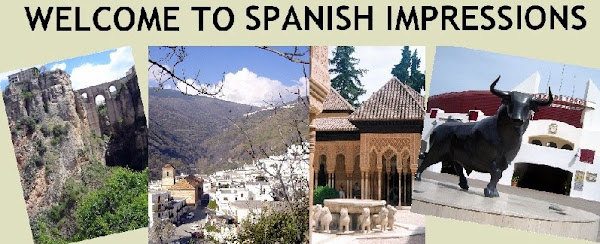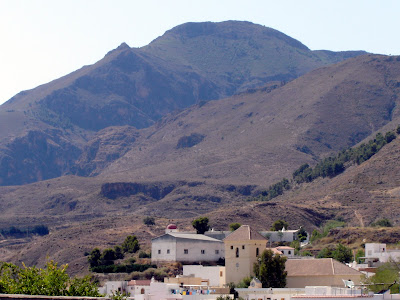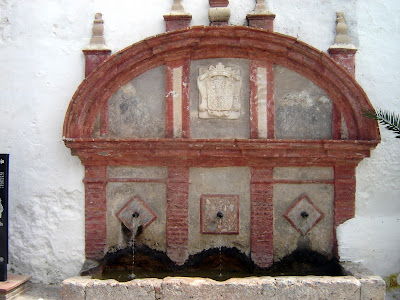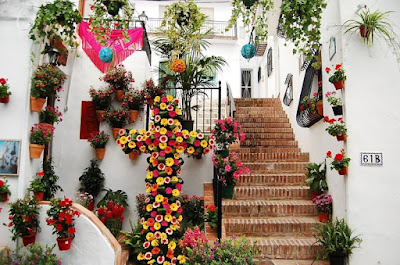by Robert Bovington
Now here is a piece of useless information - the three largest churches in the Christian World are named after Peter, Paul and Mary! However, I guess that we are talking about biblical characters rather than a pop group!
Now here is a piece of useless information - the three largest churches in the Christian World are named after Peter, Paul and Mary! However, I guess that we are talking about biblical characters rather than a pop group!
 Sevilla's cathedral is actually called the Cathedral of Santa María. It is immense! However, there is some confusion as to whether it is the largest Christian church. Some guidebooks claim that Sevilla Cathedral is the third largest behind St. Peter's Rome and St. Paul's in London. Others claim that it is the largest in area. Well, who cares - it is pretty big!
Sevilla's cathedral is actually called the Cathedral of Santa María. It is immense! However, there is some confusion as to whether it is the largest Christian church. Some guidebooks claim that Sevilla Cathedral is the third largest behind St. Peter's Rome and St. Paul's in London. Others claim that it is the largest in area. Well, who cares - it is pretty big!
It was built over the period 1401-1519 following the Christian Reconquest on the former site of the city's mosque - the Giralda tower being all that is left of the former Moorish temple - well apart from the Patio de los Naranjos - and the Almohad archway and door of the Puerta del Perdón - and a few pillars - well most of it was newly built! The main portion of the Cathedral of Santa María was built in North European style, Gothic in design with high vaulted ceilings and flying buttresses but there are Plateresque, Baroque and Renaissance elements.
There is much to see in this vast place of worship including the tomb of Christopher Columbus, the Capilla Mayor chapel and works of art including paintings by Goya, Murillo and Zurbarán. The main altarpiece is absolutely fantastic with every centimetre lavishly decorated.
more blogs by Robert Bovington...
"Photographs of
| |
"postcards from
| |
"you couldn't make it up!"
| |
"a grumpy old man in
| |
"bits and bobs"
| |
"Spanish Expressions"
| |
"Spanish Art"
| |
"Books About
|






















